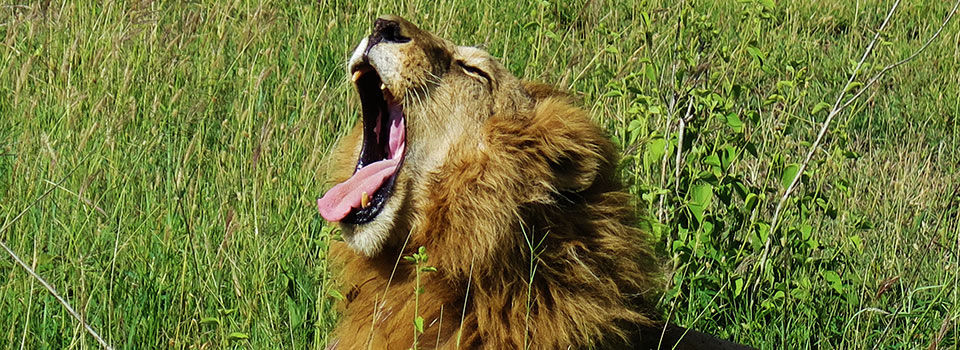Ngorongoro Conservation Area
The Ngorongoro Conservation Area includes a wide expanse of the short-grass plains on the southern side of the Serengeti Plain as well as the Ngorongoro Highlands — a range of mostly extinct ancient volcanoes on the west side of the Great Rift Valley. This area is home to the Maasai and their cattle, as well as to abundant and varied wildlife. But the jewel of the conservation area is unquestionably the Ngorongoro Crater, which was created two-to-three million years ago when a large volcano exploded and collapsed on itself. It is the largest intact volcanic caldera in the world, and, as such, is a UNESCO World Heritage Site. It was also voted one of the seven natural wonders of Africa in February 2013.
The crater’s sheer beauty would be enough of a reason on its own to make the trip there, without the wildlife paradise. Because the crater is naturally enclosed, it has virtually formed its own ecosystem, and much of the wildlife lives within the walls all year round. This makes for easy game-viewing. High numbers of herbivores support the most concentrated populations of predators found anywhere in Africa. It is one of the only places in Tanzania where you can actually succeed in spotting the “Big Five” (lion, leopard, rhinoceros, elephant, and buffalo), and has East Africa’s largest population of black rhino. The crater is also home to some of the biggest and oldest tuskers (elephants bearing tusks) left alive in Africa today, and boasts one of the densest populations of lions on the continent. There are large herds of buffalo, Thomson’s gazelle, Grant’s gazelle and topi, as well as strong populations of leopard, spotted hyena, zebra, wildebeest, and warthog. You can also see hippos and a growing number of cheetah.
This conservation area is outstanding for its natural beauty and the abundance of wildlife. Ngorongoro is a must place to visit when going on safari in Africa, and a day down in the crater will create memories for a lifetime.






 English
English Deutsch
Deutsch
Comments are closed.